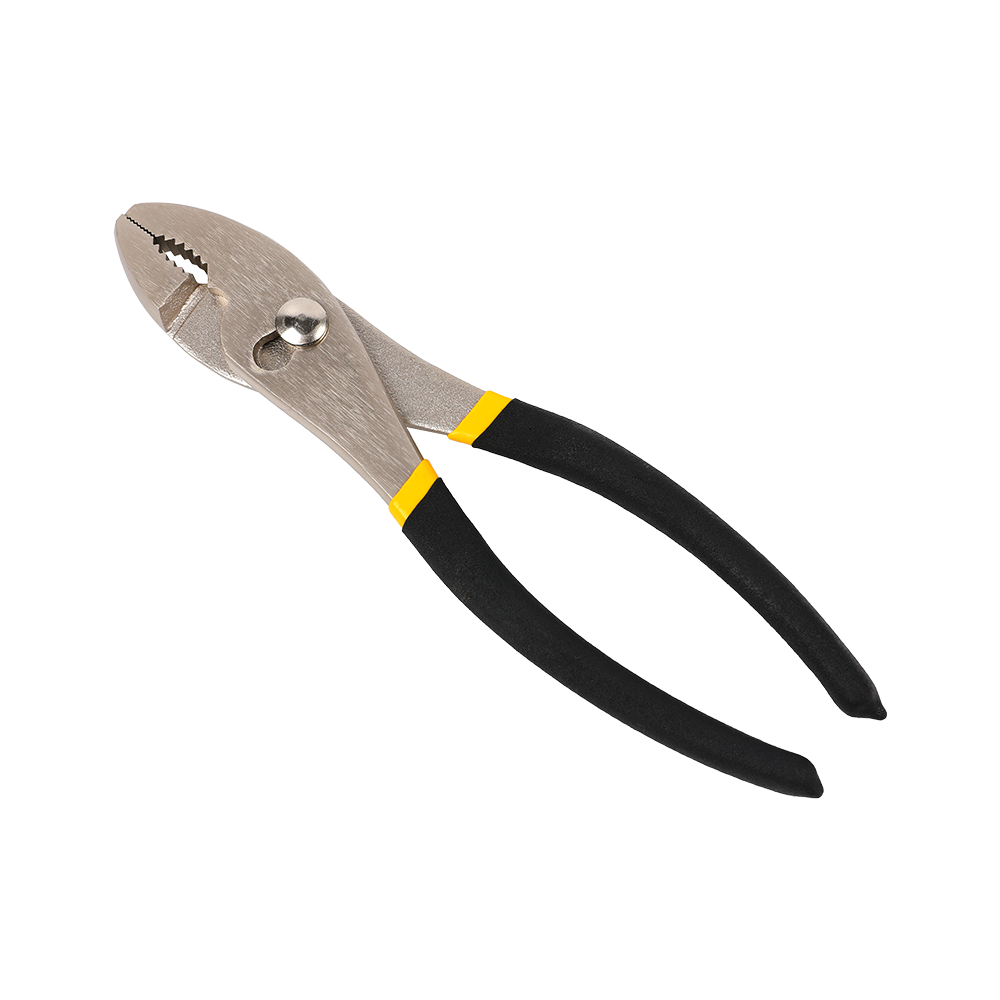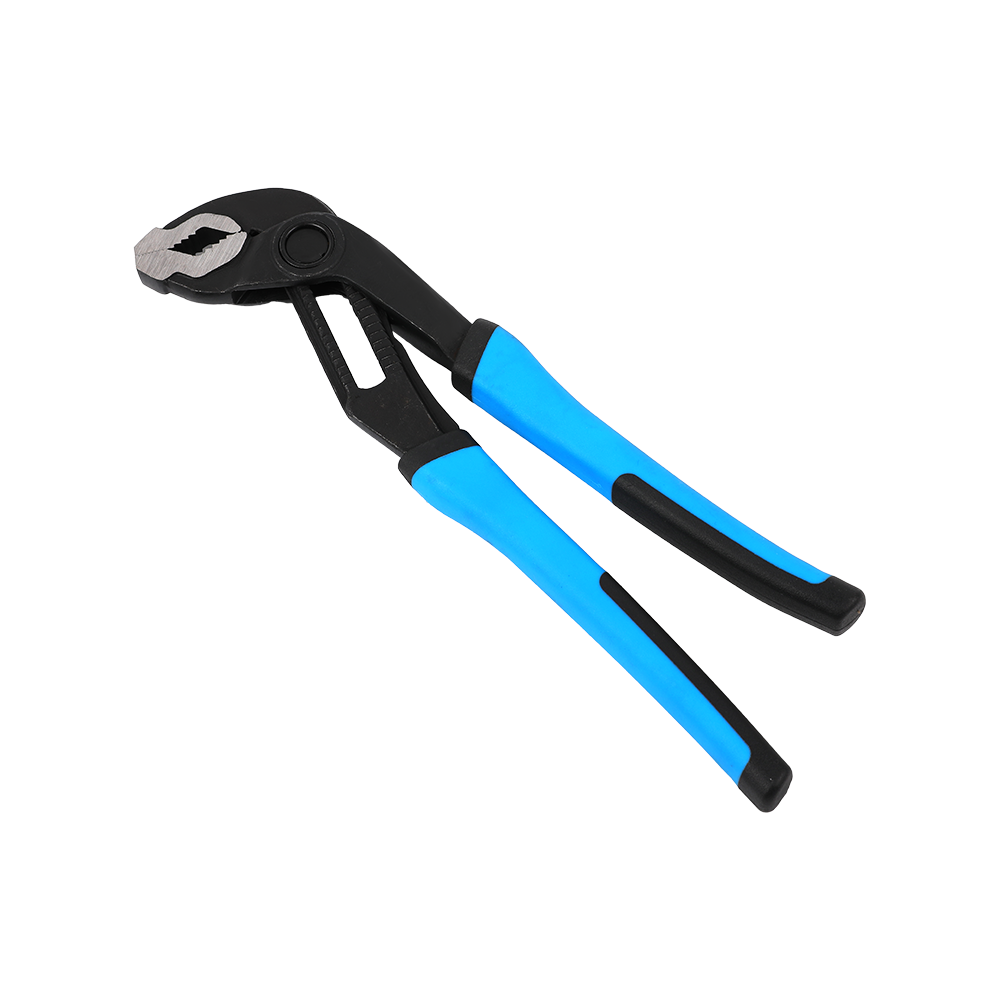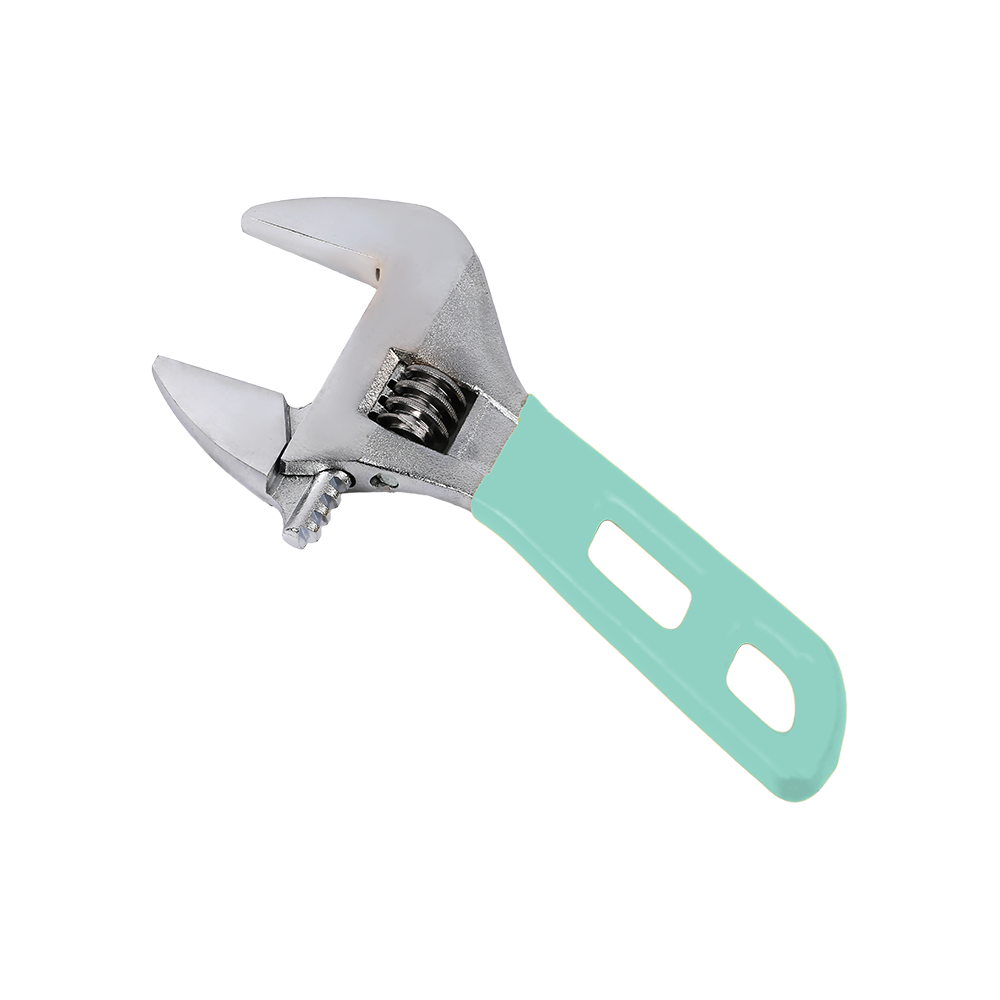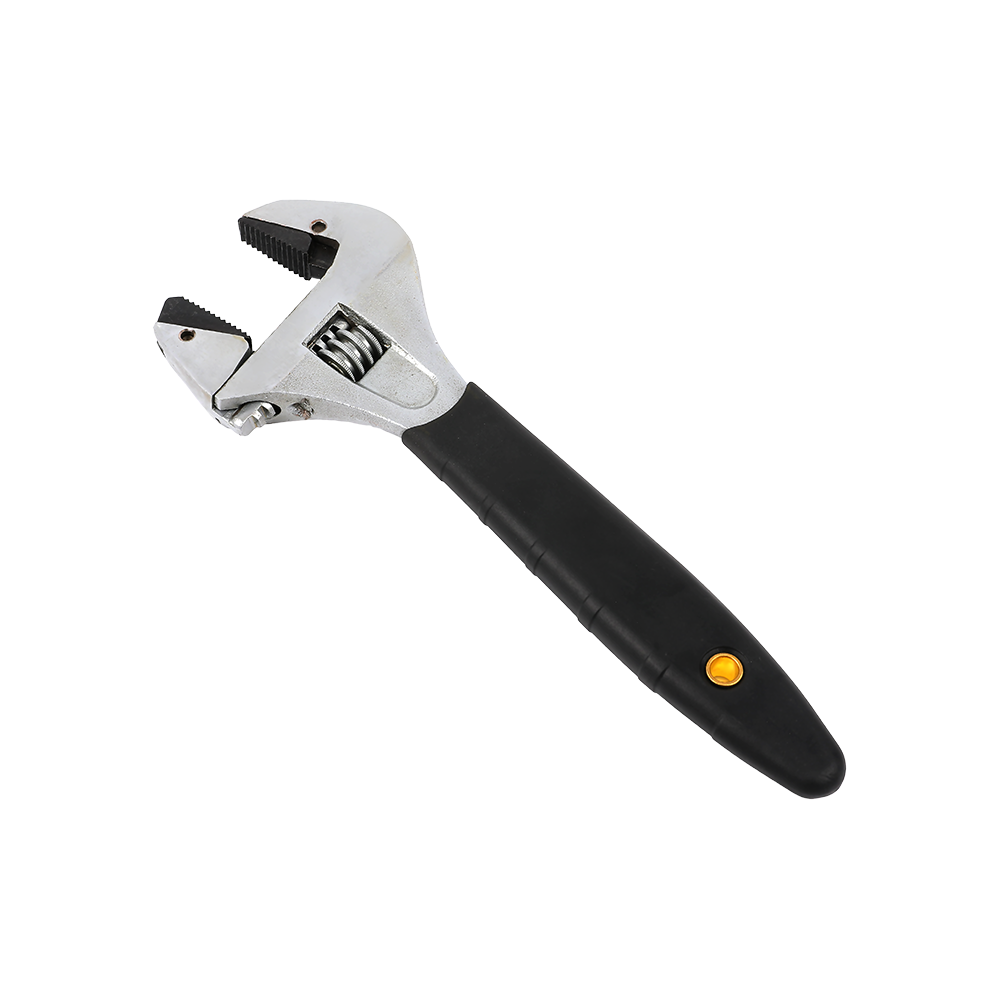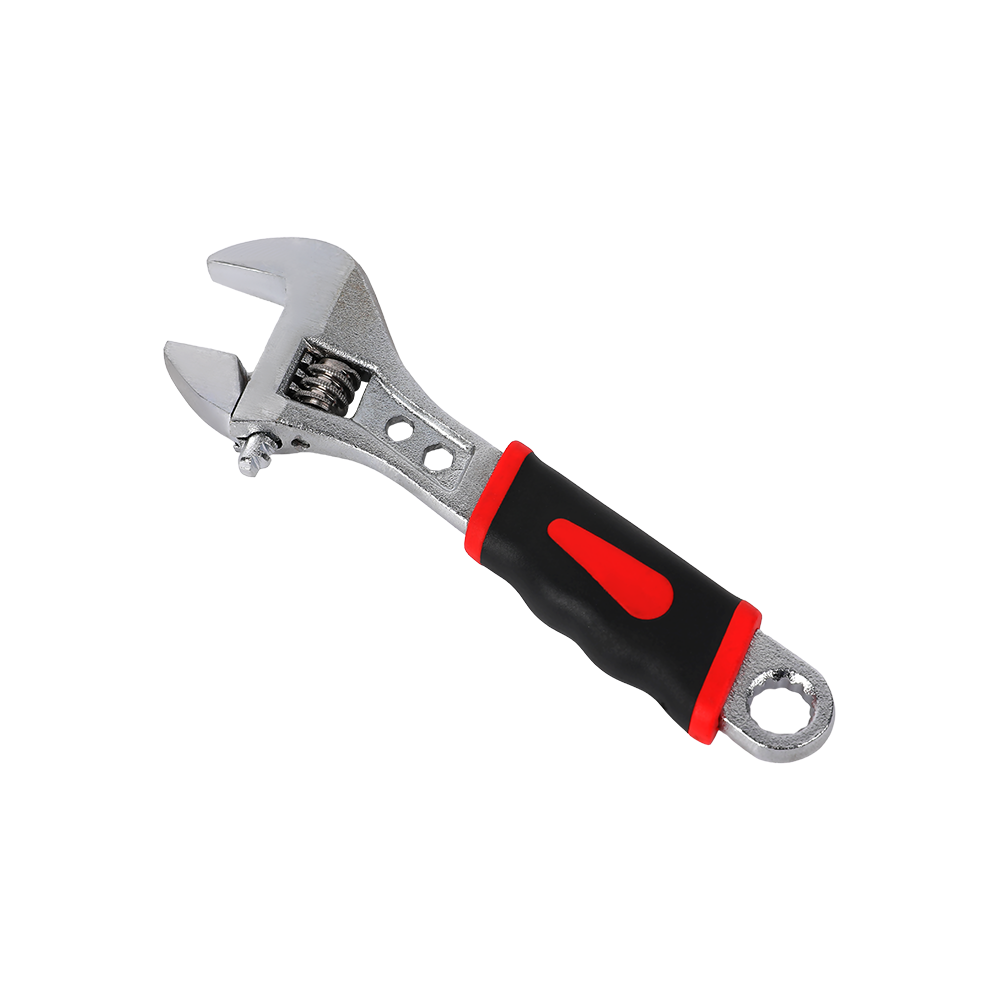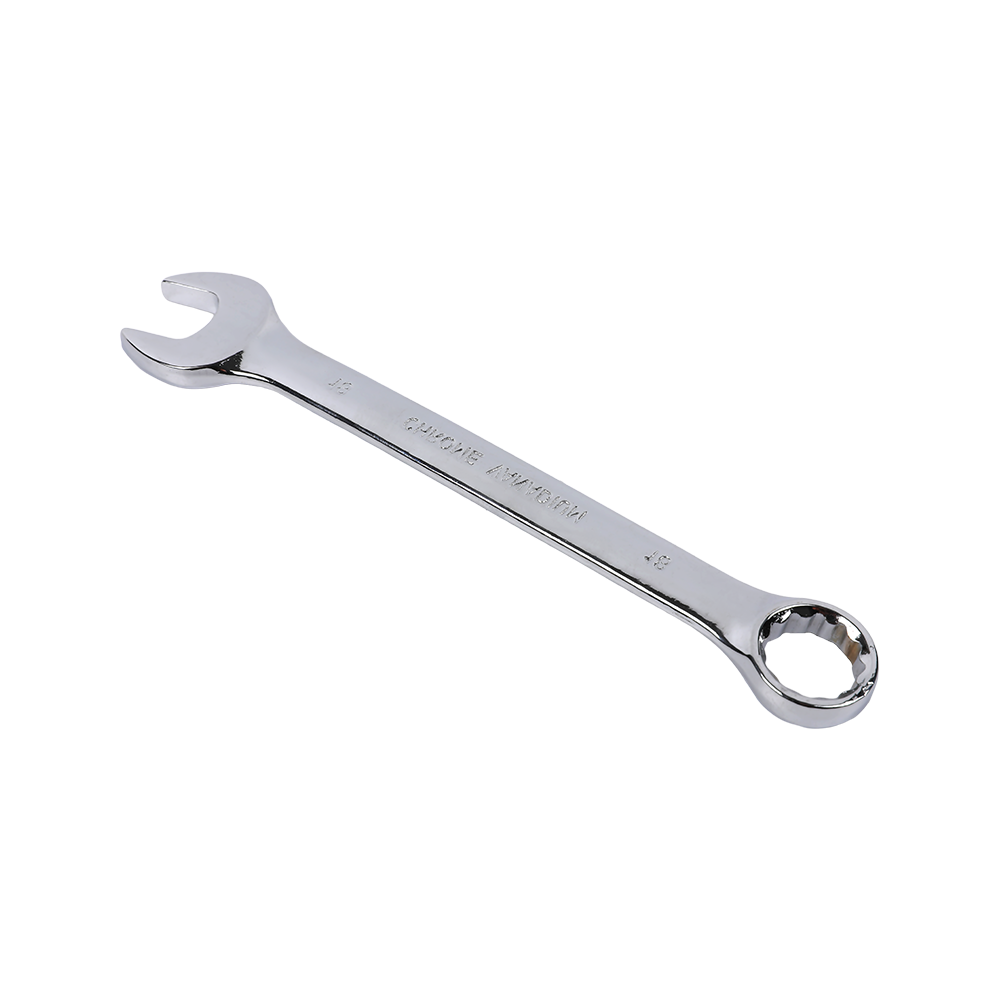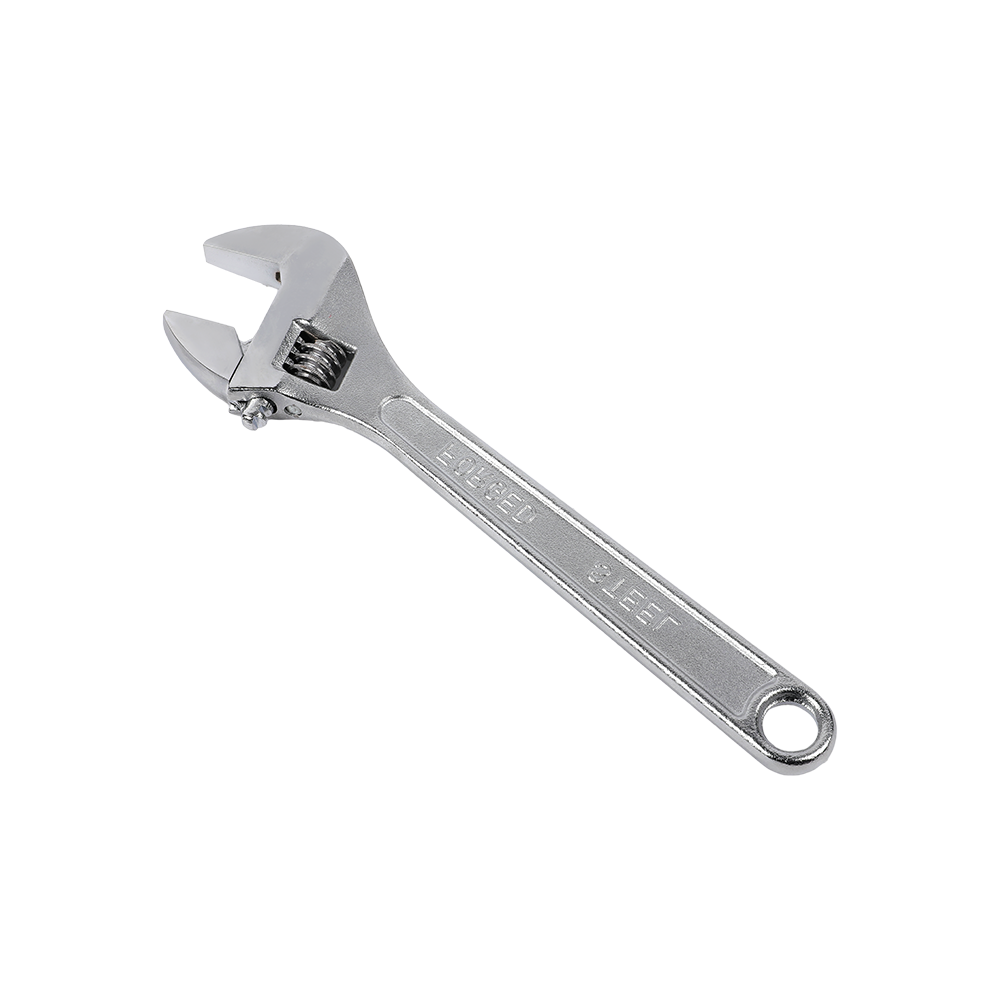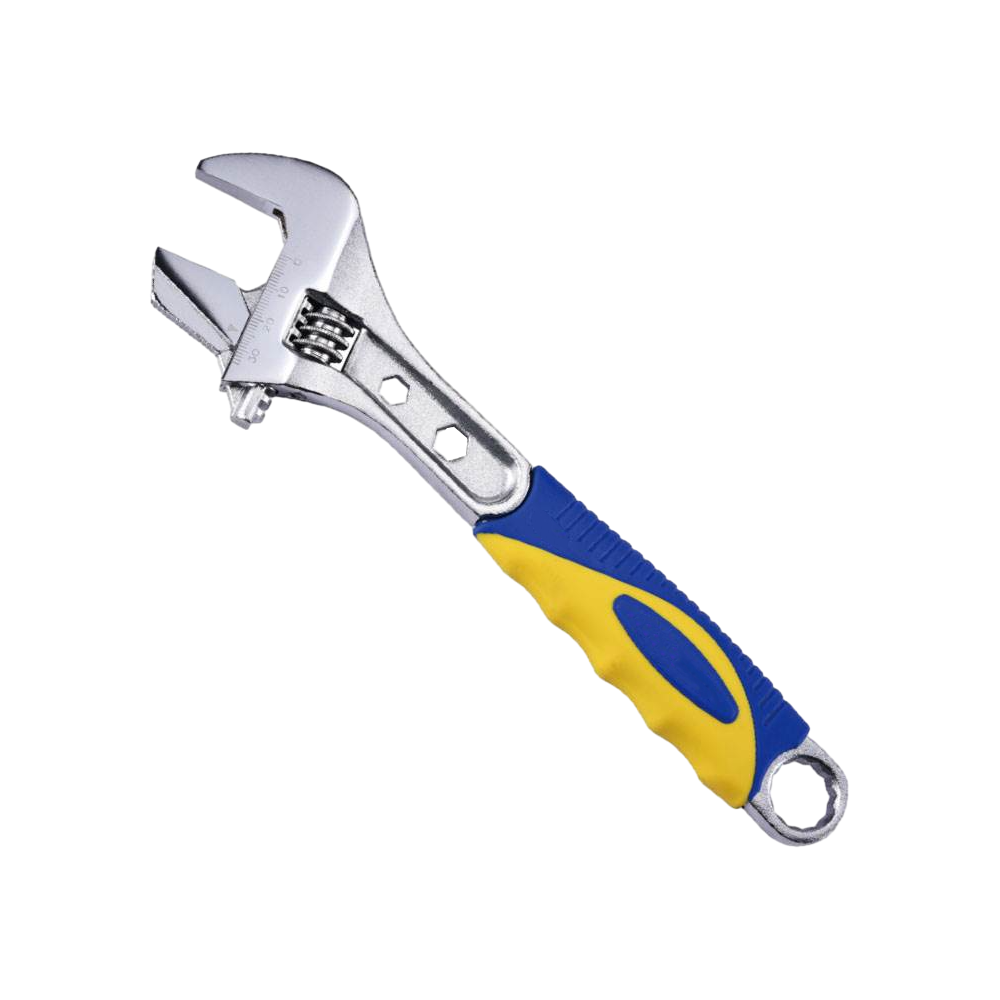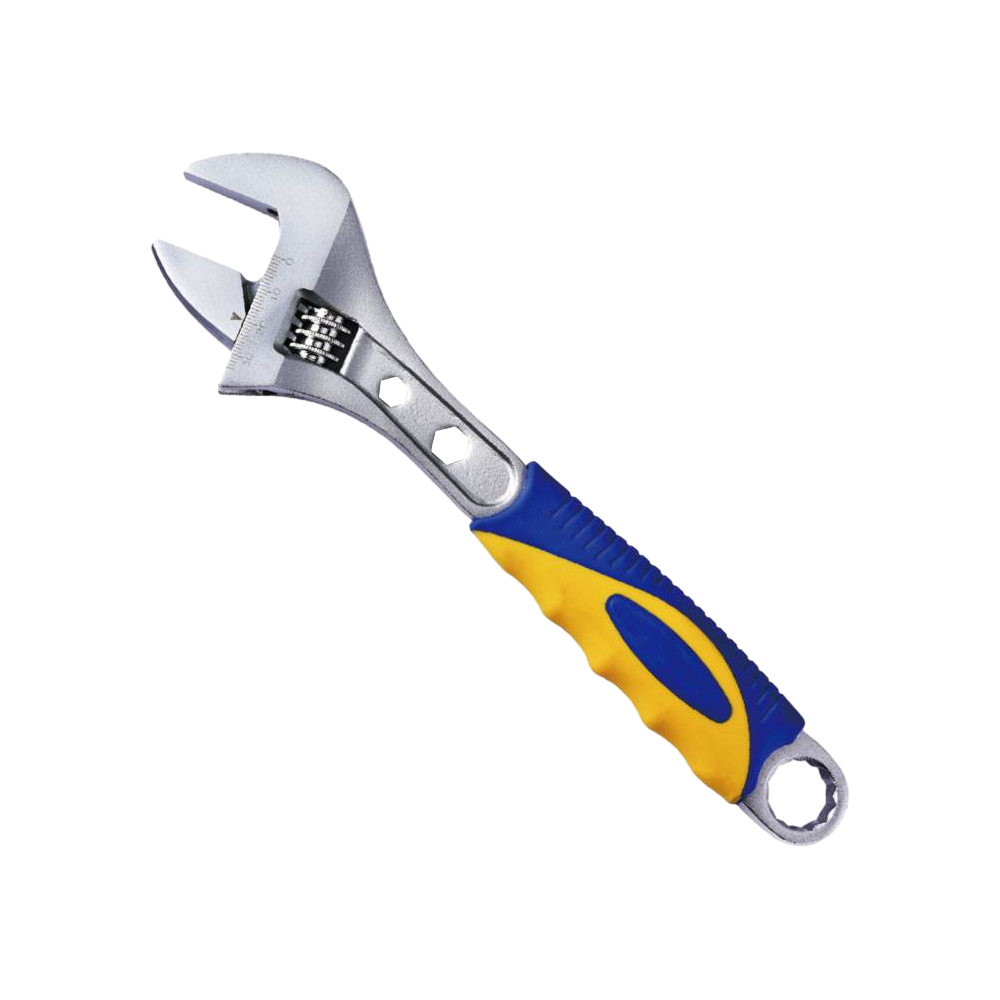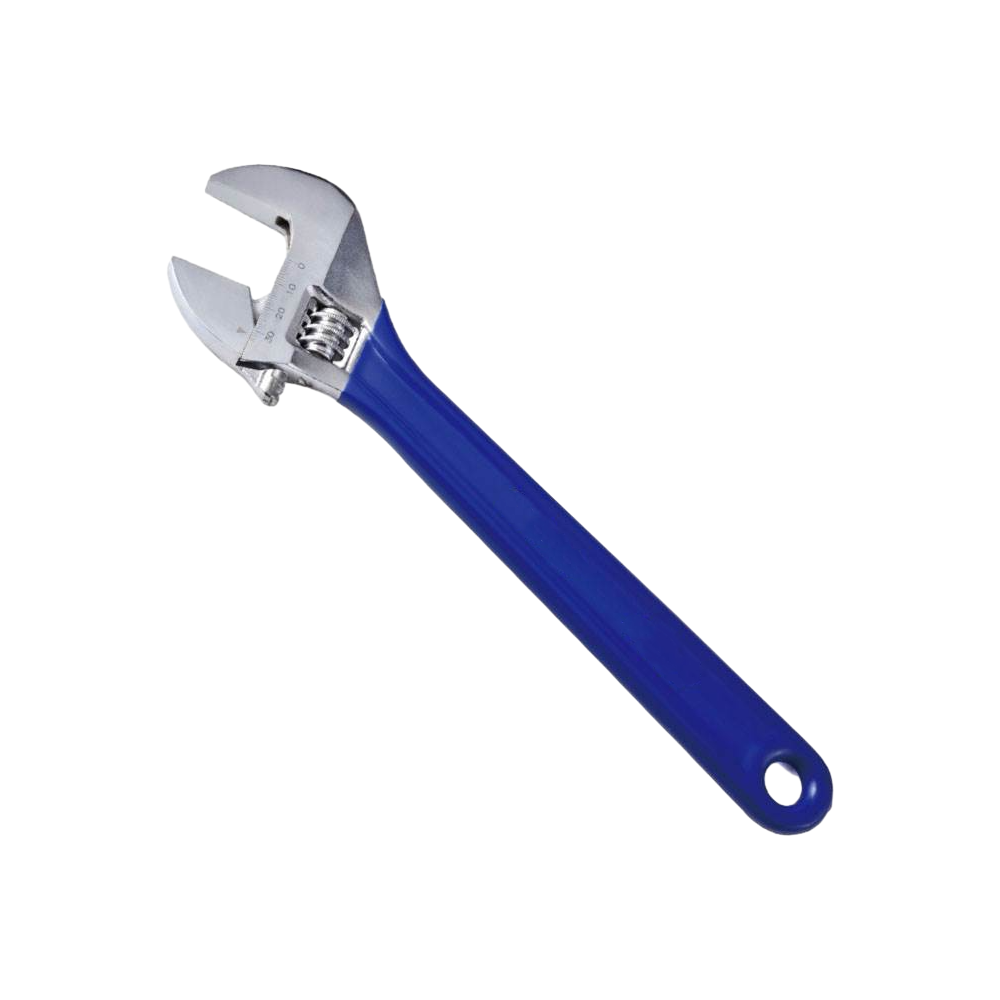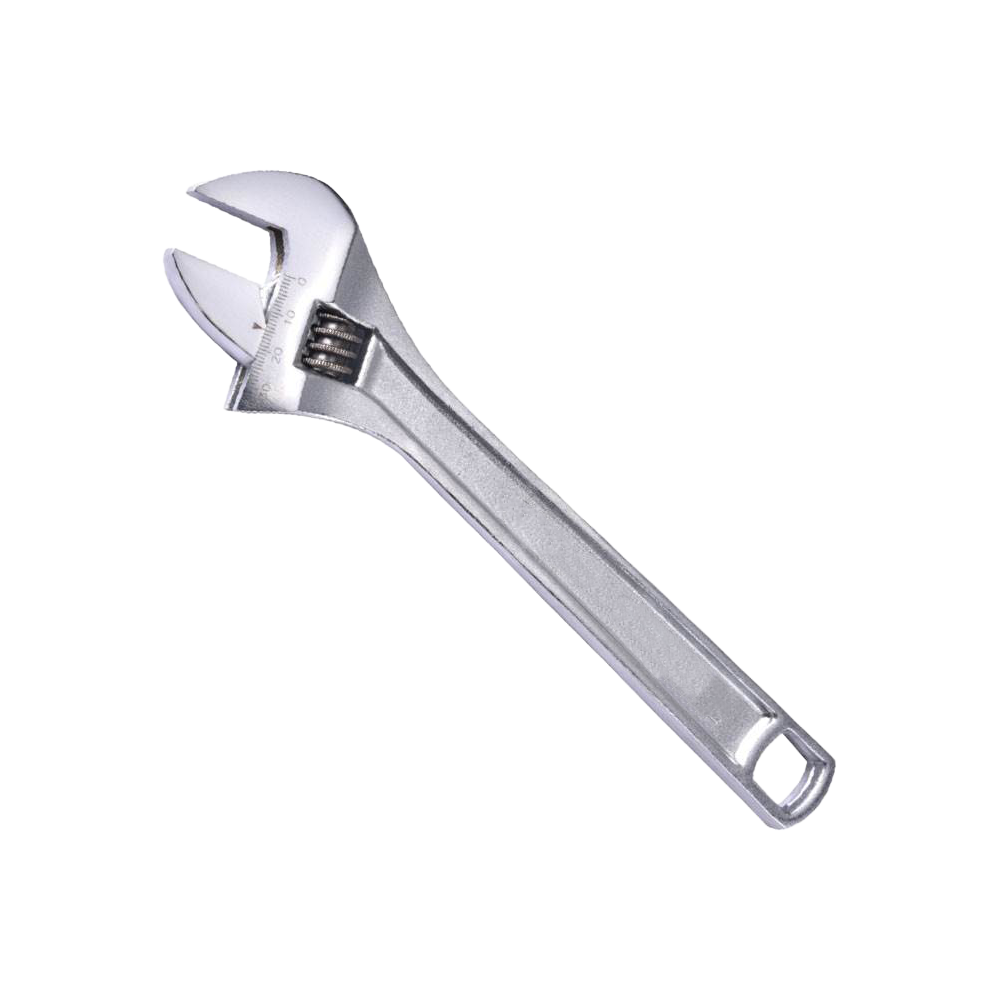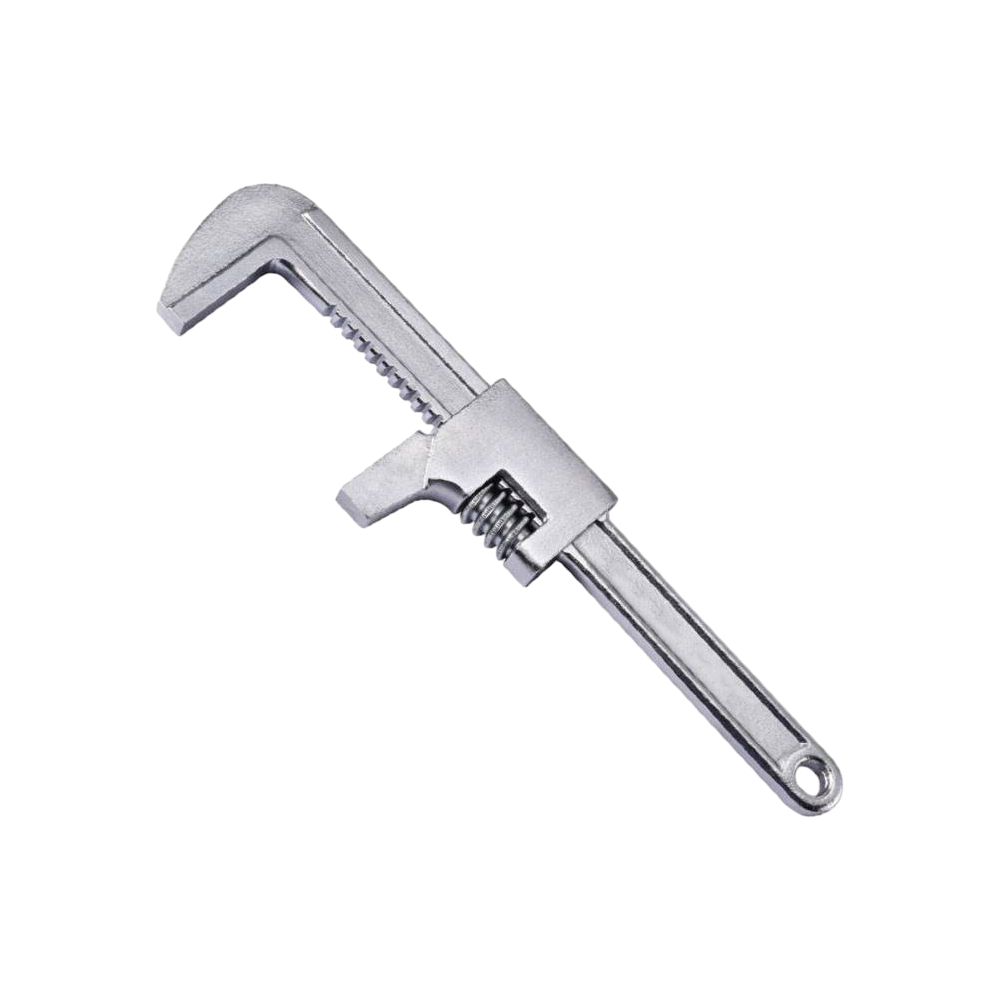The Evolution of the Adjustable Wrench: Enhancing Versatility and Precision
In the world of mechanical and repair tools, the adjustable wrench is an essential item in any toolkit. Known for its versatility, this tool has evolved significantly over the years to meet the increasing demands of both professional mechanics and DIY enthusiasts. Among its many features, the ability to adjust its jaw width to fit a variety of bolt sizes stands out as a defining characteristic. This feature is not only a hallmark of its design but also a key reason behind the tool’s continued relevance in industries ranging from construction to automotive repair.
Understanding the Mechanics Behind the Adjustable Wrench
At the heart of every adjustable wrench is the mechanism that allows for easy modification of the jaw size. An adjustable wrench features a movable jaw that slides along a threaded rod, which can be adjusted by turning a thumb screw. This design enables users to fit the wrench onto fasteners of various sizes, making it far more versatile than traditional fixed-size wrenches.
The Jaw Adjustment Mechanism
The jaw adjustment mechanism is the focal point of the adjustable wrench’s design. The precision with which the jaw moves is crucial, as it ensures a tight fit around the bolt or nut, preventing slippage or damage. The interaction between the movable jaw and the fixed jaw dictates the tool’s overall performance, and subtle improvements in this design can enhance its efficiency.
Here’s a breakdown of how the mechanism works:
| Component | Function | Impact on Performance | |
|---|---|---|---|
| Fixed Jaw | The stationary part of the wrench. | Provides stability and strength. | |
| Movable Jaw | Slides to adjust the size of the opening. | Increases versatility and range. | |
| Threaded Rod | Allows movement of the movable jaw. | Facilitates smooth and precise adjustments. | |
| Thumb Screw | Locks the movable jaw in place. | Ensures stability and prevents accidental movement. |
The Role of Torque Adjustment in the Adjustable Wrench
While the ability to adjust the jaw width is perhaps the visible feature of an adjustable wrench, the tool’s role in torque adjustment is just as important. Torque, the rotational force applied to a fastener, is a critical aspect of many tasks in mechanical work. The adjustable wrench’s ability to apply controlled torque is especially beneficial when dealing with fasteners that require a precise amount of force to avoid damage or ensure proper tightening.
By allowing users to grip the fastener tightly and apply consistent force, the adjustable wrench offers a balance between versatility and control. Its compact size also makes it easier to maneuver in tight spaces where other tools might not fit, providing a significant advantage in many repair scenarios.
The Importance of Torque Control
When using an adjustable wrench, the even distribution of force is critical. A poor grip can cause the bolt or nut to slip, while applying too much torque can damage both the fastener and the tool. In this regard, the adjustable wrench allows for a higher degree of control compared to other types of wrenches, making it an invaluable tool for professionals who demand precision in their work.
Versatility in Various Applications
One of the greatest advantages of the adjustable wrench is its adaptability to different tasks. Whether it’s automotive repair, home maintenance, or industrial applications, the adjustable wrench’s ability to handle a wide range of fastener sizes makes it suitable for almost any scenario. For example, in automotive repair, mechanics often deal with bolts of various sizes, and having an adjustable tool allows them to complete repairs quickly and efficiently without having to carry multiple tools.
Similarly, in DIY projects, the adjustable wrench is an all-purpose tool. Homeowners can use it for everything from tightening faucet fittings to assembling furniture, reducing the need for a wide array of specialized tools. This versatility is a key factor in the adjustable wrench’s ongoing popularity.
| Application | Common Use | Why Adjustable Wrench is Ideal |
|---|---|---|
| Automotive Repair | Tightening bolts in engines and machinery. | Fits a variety of bolt sizes without requiring different wrenches. |
| Plumbing | Working with pipe fittings and faucets. | Provides flexibility for handling various plumbing components. |
| Home Maintenance | General tightening tasks like furniture assembly. | Compact, easy to store, and adjustable for different tasks. |
| Industrial Settings | Tightening and loosening large bolts in machinery. | Durable and capable of handling a range of bolt sizes, reducing the need for multiple tools. |
Enhancing Durability Through Material Choices
The durability of an adjustable wrench is also a crucial factor that contributes to its long-standing presence in various industries. Modern adjustable wrenches are often made from high-quality materials such as carbon steel, chrome vanadium, and stainless steel, each of which offers different benefits in terms of strength, corrosion resistance, and overall lifespan.
Material Selection and Tool Longevity
The material used in the construction of an adjustable wrench plays a significant role in its performance and longevity. For instance, carbon steel offers strength and durability but may be prone to rust without proper care. Chrome vanadium, on the other hand, is highly resistant to corrosion, making it ideal for tools that are frequently exposed to moisture or harsh conditions. Stainless steel wrenches combine strength with corrosion resistance, ensuring that the tool remains effective over time even in the demanding environments.
These materials not only enhance the wrench’s functionality but also ensure that it remains an investment worth making, as a high-quality adjustable wrench can last for many years with proper maintenance.
-
Feedback
 English
English русский
русский Español
Español
